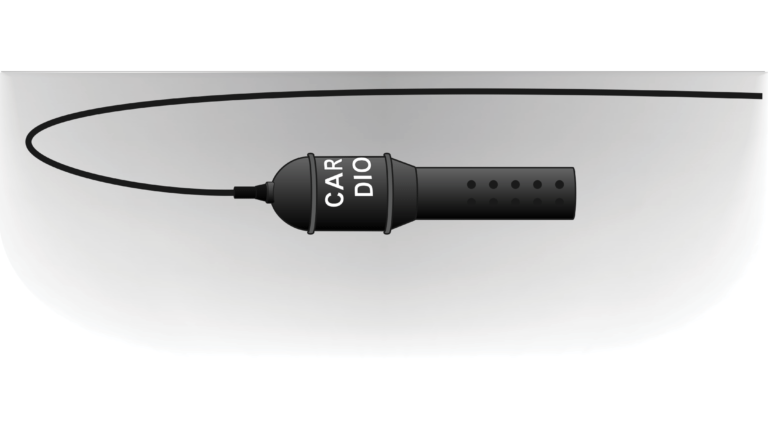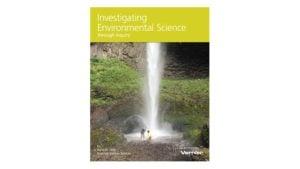Investigating Indoor Carbon Dioxide Concentrations
Experiment #33 from Investigating Environmental Science through Inquiry
- Subject
- Environmental Science

Introduction
Carbon dioxide is a colorless and odorless gas. It has many important uses. It is the fizz in soft drinks, beer, and sparkling wines. Carbon dioxide is released by baking powder of yeast to make cake batter rise. It is used in some fire extinguishers. Dry ice is solid carbon dioxide. Carbon dioxide is a product in cellular respiration and a reactant in photosynthesis.
But too much of a good thing, like carbon dioxide, can be bad. Carbon dioxide concentration is a surrogate for indoor pollutants that can cause drowsiness, headaches, and lower activity levels. CO2 levels less than 600 ppm are desirable, and levels greater than 1000 ppm are generally considered indicative of inadequate ventilation. Levels of 2,500 ppm or greater can cause headaches. Unfortunately, studies indicate that many classrooms have peak CO2 levels in excess of 2,500 ppm.
Objectives
In the Preliminary Activity, you will gain experience using a CO2 Gas Sensor while monitoring the carbon dioxide concentration in the classroom.
After completing the Preliminary Activity, you will first use reference sources to find out more about carbon dioxide before you then choose and investigate a researchable question dealing with indoor carbon dioxide.
Sensors and Equipment
This experiment features the following sensors and equipment. Additional equipment may be required.
Ready to Experiment?
Ask an Expert
Get answers to your questions about how to teach this experiment with our support team.
- Call toll-free: 888-837-6437
- Chat with Us
- Email support@vernier.com
Purchase the Lab Book
This experiment is #33 of Investigating Environmental Science through Inquiry. The experiment in the book includes student instructions as well as instructor information for set up, helpful hints, and sample graphs and data.


